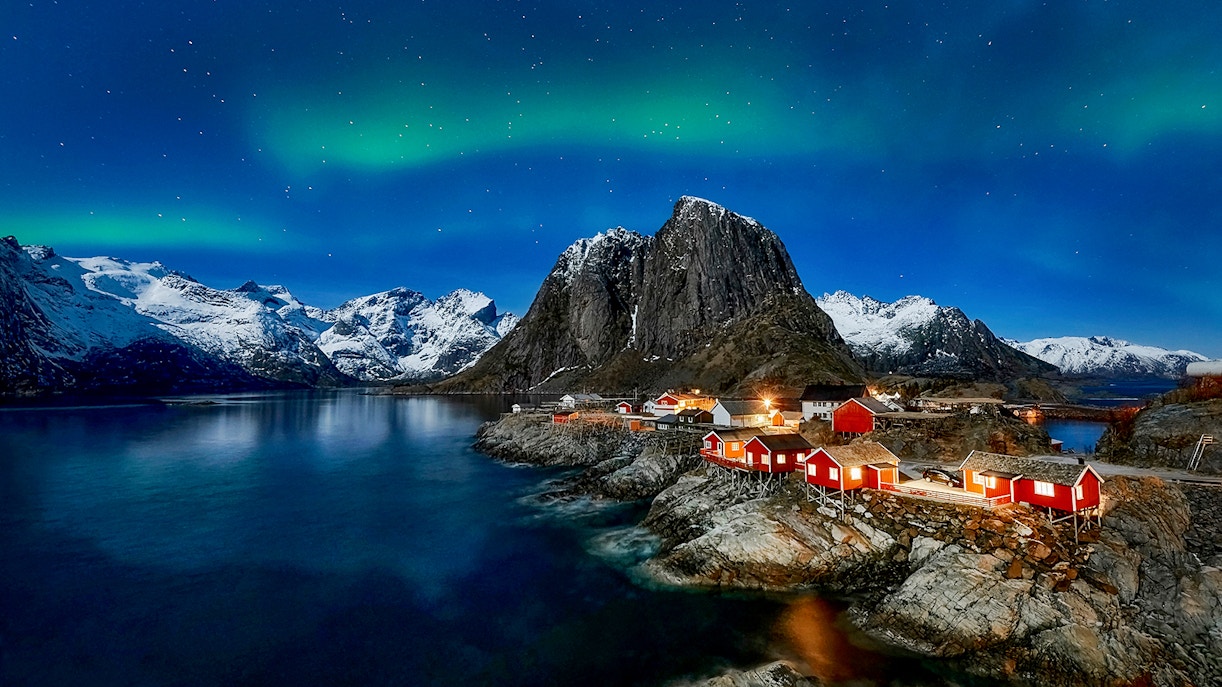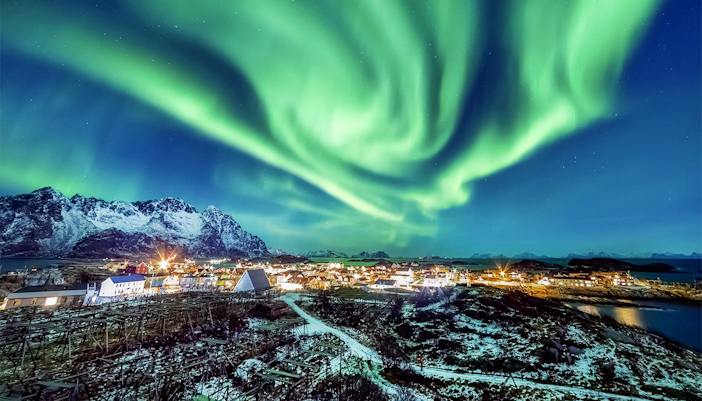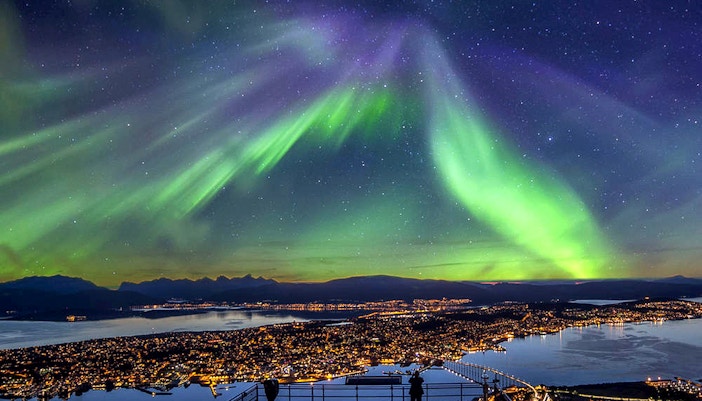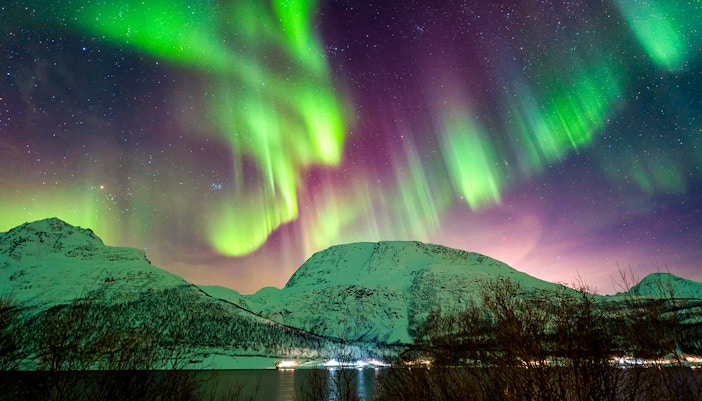Northern Lights Tromso Forecast: Your Ultimate Guide to Chasing the Aurora
Best time to see the Northern Lights in Tromso

Peak season: Late September to early April
Best months to see the Northern Lights: December to February
Optimal viewing hours: 6pm to 2am
Optimal viewing conditions: Clear skies and high solar activity in areas with low light pollution, mostly away from city lights.
Plan your trip to see the Northern Lights in TromsoWhere to check the Northern Lights Tromso forecast?

Aurora Borealis forecast websites
- The Space Weather Prediction Center (SWPC): This website is operated by the National Oceanic and Atmospheric Administration (NOAA) and offers a 27-day Aurora forecast for Tromso and other northern hemisphere locations. The forecast is updated daily and is based on solar activity.
- Aurora Watch UK: This site provides real-time Northern Lights alerts for the UK and northern parts of Europe, including Tromso. You can subscribe to receive notifications through email or SMS when there's a high chance of aurora visibility in the area.

Mobile Apps
- My Aurora Forecast: This user-friendly Aurora Borealis live tracker app provides basic and advanced Aurora Borealis forecasts based on your location. It is great for beginners but lacks some of the advanced data and alerts.
- Glendale App: This Aurora Borealis tracker app is ideal for those who want an in-depth look at the Northern Lights forecast. It provides detailed predictions and includes visuals of Coronal Holes, Solar Flares, and Coronal Mass Ejections (CME).
- Hello Aurora: This app not only provides detailed Tromso Aurora forecasts but also functions as a social platform where users share real-time Northern Lights sightings, sending push notifications to alert you when the Aurora is visible.

Local weather services
- YR.no: Yr.no is a reliable weather forecasting site that gives precise cloud cover predictions for Tromso and surrounding areas. This information is crucial when planning to view the Northern Lights, as clear skies are essential for visibility.
- The Norwegian Meteorological Institute: Another excellent resource for Northern Lights forecasts, the institute provides a three-day prediction specifically for Tromso. The forecast is updated daily on their website and takes into account various factors, such as solar wind activity, helping you gauge the likelihood of spotting the Aurora.
Note: While the Northern Lights Aurora forecast offers a general sense of when conditions may be right, the Northern Lights are ultimately unpredictable. Patience is essential, and being prepared to spend several hours outdoors during peak viewing times will significantly enhance your chances of witnessing this stunning natural display.
Book your Tromso Northern Lights tour
Frequently asked questions about Northern Lights Tromso forecast
Northern Lights forecasts are based on solar wind activity and geomagnetic conditions, making them somewhat reliable but not guaranteed. Short-term forecasts (up to three days) are generally more accurate. It's best to check the updated Aurora viewing forecast regularly and remain flexible with your plans to increase your chances.
To get the most accurate Northern Lights forecast in Tromso, check short-term forecasts updated hourly, as they provide reliable information on solar activity and current weather conditions. While long-term forecasts are available up to 27 days in advance, forecasts within a three-day window offer more precise predictions to help you plan your aurora-chasing activities effectively.
While it's possible to see the Northern Lights on your own, joining a Tromso Northern Lights tour increases your chances. Expert guides know the best spots away from light pollution and have the expertise to interpret the Tromso Aurora Borealis forecast.
The KP index is a great way to check the Aurora forecast in Tromso. It measures geomagnetic activity on a scale from 0 to 9. A higher KP index indicates stronger geomagnetic storms, which can result in more vibrant and widespread Northern Lights displays.
Several factors impact the visibility of the Northern Lights, including solar activity, geomagnetic conditions, cloud cover, and light pollution. For the best viewing experience, find clear, dark skies away from city lights. Also, note that increased solar activity often leads to brighter and more frequent auroras, enhancing your chances of a spectacular sighting.
While weather doesn't impact the occurrence of the Northern Lights, it significantly affects visibility. Cloud cover can block your view entirely, so clear skies are crucial. Local weather forecasts should be checked alongside the Northern Lights forecast in Tromso to choose the best nights for viewing.
